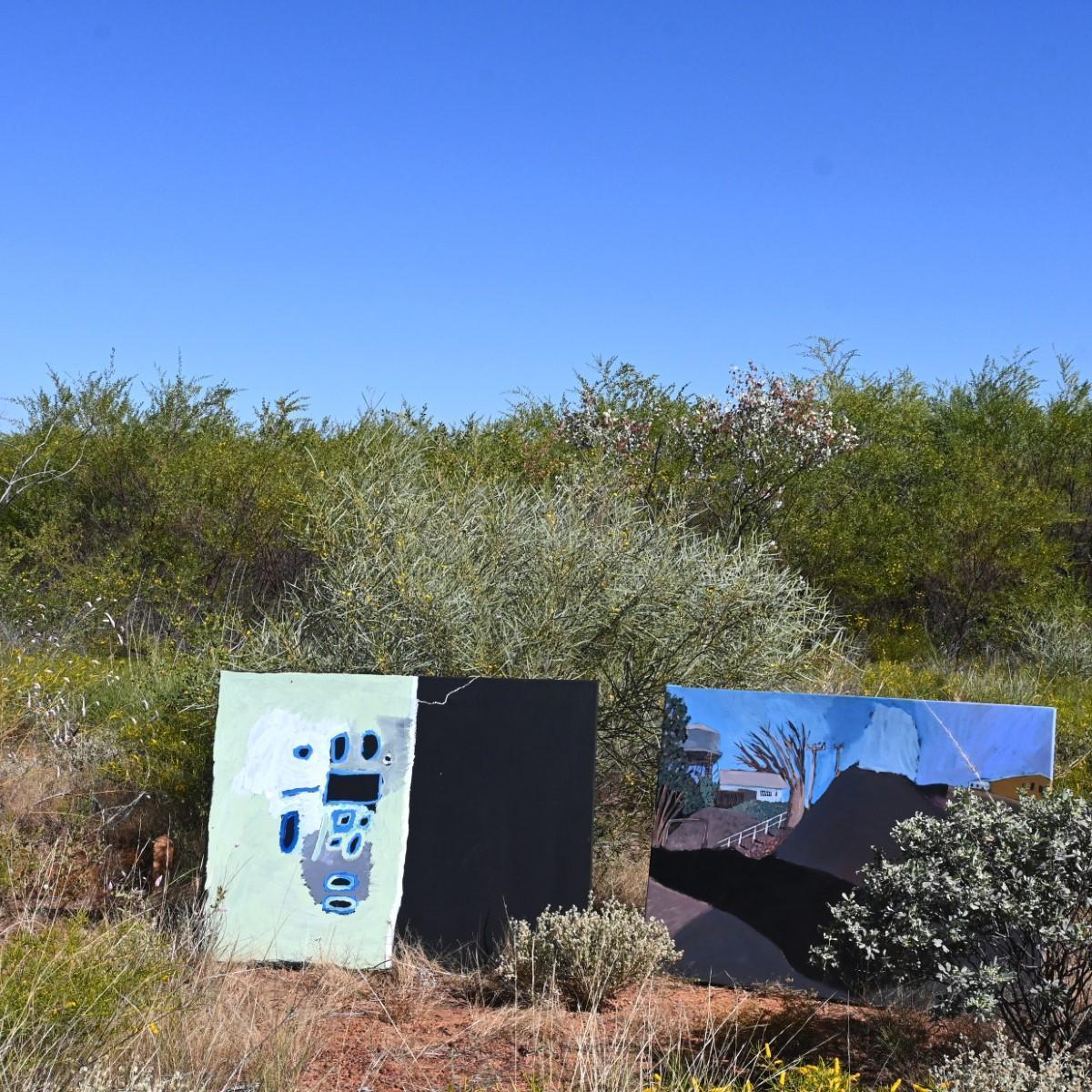Money Sullies Art: Hungry Art Student Eats Banana Artwork
When a public encounter with art results in damage to the work, intended or not, it’s almost always a source of amusement. And the resulting media reports invariably include the price of the work, to emphasise art’s ridiculous precarious preciousness.
Words: Ingrid Periz
The hushed and reverential demeanour of art viewing, the genteel dance of advance and retreat that museum goers used to perform with others in front of masterpieces has long been eclipsed by big, noisy walk-on-by installations, naked gallery tours, and the up-close antics of selfie takers who approach a work only to flatter their own self-regard. No news here. Some residual sense of art and its audience’s former place remains however, acknowledged today only when it’s breached. My email inbox announces ‘Man Throws Cake on Mona Lisa’; ‘Fair Visitor Smashes Sculpture’; ‘Hungry Art Student Eats Banana Artwork’. Equally funny and bizarre, these stories from the telescoped attention span of online art news, each one is a little disaster unto itself.
In Paris, in the Louvre’s largest room, a man disguised as an elderly woman – skirt, lipstick, wig and wheelchair – throws cake on the Da Vinci before running up to the painting, punching the protective glass and smearing cake across it. “Think of the Earth,” he says in French as he’s led away to a psychiatric clinic. In Miami, at an art fair preview, a woman taps a shiny Jeff Koons balloon dog sculpture, possibly to see if it is indeed a real balloon, when it topples, smashing into a thousand glass shards. Some preview attendees wonder if this is performance art; it isn’t. Insurance covers the cost of the destroyed work. In Seoul, a student eats Comedian, a work by Maurizio Cattelan comprising a single banana duct taped to the museum wall, then retapes the peel to the wall. Explaining that he was hungry, he is reported to say “Isn’t it taped there to be eaten?” The banana is replaced.
What might these little stories tell us beyond their account of social missteps, of being, in this case, improperly angry, clumsy (and doubting), or hungry in front of art? What do they say about art, now? As museums – their holdings and their boards – have become the site for activist intervention, those holdings are shown to be at risk, threatened by hostage takers armed with cans of tomato soup and wearing t-shirts sporting ‘Just Stop Oil’ slogans. Art is vulnerable and museums can’t provide a cordon sanitaire between it and the public. Non-reflective glass and guards is the best they can do. Given that a lot of advanced art has been working to break down the barrier between art and its public for decades, one might say job well done even if it does mean viewers will eat the work. This longed for openness and accessibility has consequences which extend to sites far beyond the ambit of contemporary art. Antiquities are repurposed as props. The two Ultima Generazione climate activists who superglued themselves to the Vatican’s Laocoön, flanking it, were perfectly posed for the media, waiting for their close-up, their own hands-free selfie.
Tales of collisions between buyers and works of art echo this sense of art’s vulnerability, of a precarious preciousness which is beyond price although the price is invariably mentioned. Every account of the Koons crash noted the price of the destroyed work – AU $61,000 – along with the highest price paid – AU $131.8 million – for his larger balloon sculptures. Someone got a bargain.
A smashed Koons, a nibbled Cattelan. Is there not, at the same time, some pleasure to be had in contemplating both? The artworld is hardly immune to schadenfreude but exactly whose misfortune is it that gives us pleasure in these stories? Is it the artists’, whose work stands revealed as a fragile, shiny bauble filled with air (Koons), or a banal comestible, better eaten than looked at (Cattelan)? Perhaps it is the protagonists’ misfortune, caught out in what used to be called bad behaviour, in clumsiness, gaucherie, self-righteousness? Maybe art makes people act up and out, enraging conservative geriatrics as in this headline from Paris: ‘Elderly man spray paints Miriam Cahn painting after attempts to censor it fail’; the purple paint was hidden in a medicine bottle; or this, from Florida: ‘Disgruntled man plows car into blue bunny public sculpture, his second time vandalizing public art’. Perhaps, like toddlers, we simply enjoy naughtiness and a measure of crashing chaos, especially when it’s someone else’s.
Feature image: Maurizio Cattelan’s Comedian, for sale from Perrotin at Art Basel Miami Beach. Photo: Sarah Cascone.
This article was originally published in Art Collector issue 105, July to September 2023.







